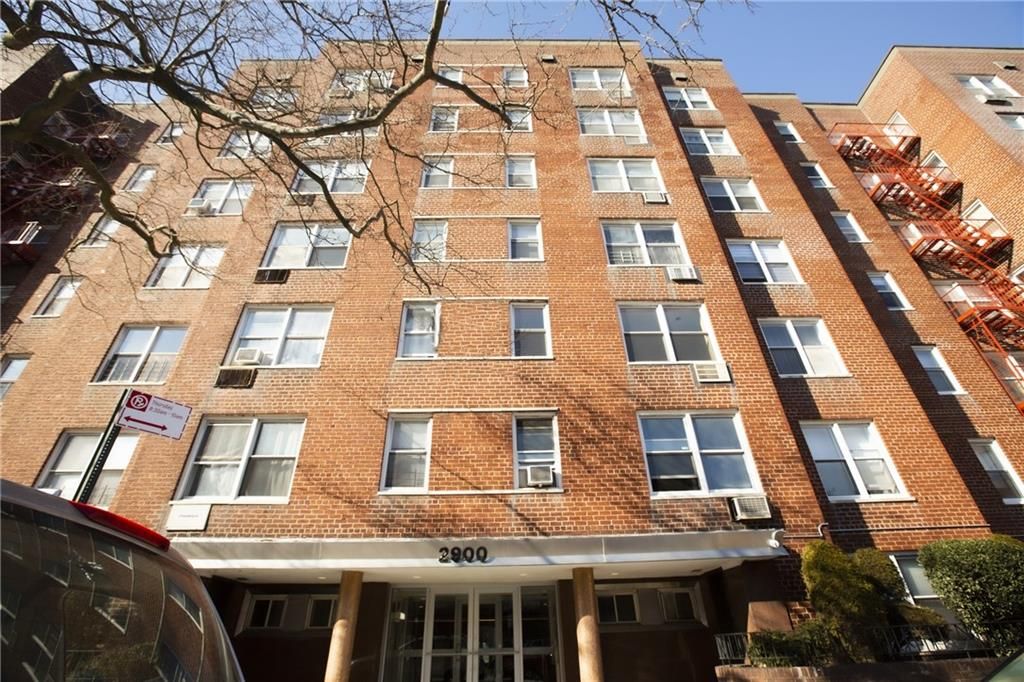If you’ve ever looked up information about a property owners association (POA), you might have seen the term being used interchangeably with HOA (homeowner association). While there are some similarities, POAs and HOAs are not the same thing.
Table of contents
- What is a POA, anyway?
- What does a POA do?
- Is a POA different than an HOA?
- Who manages the POA?
- How do I know if the community is a POA?
- How involved do members have to be?
- What should I know about POA rules?
- How much are POA fees?
- Can you withdraw from a POA?
- What are the benefits of belonging to a POA?
What is a POA, anyway?
A POA is an organization that governs a residential area, community or entire town. Unlike HOAs, which consist of residential homes (and sometimes private amenities), POAs may govern a mix of housing structures, businesses, infrastructure, parks, lakes, etc.
A POA has a larger scope, and strives to create a resilient community for all stakeholders.
POAs are not legally required to incorporate, however, it becomes harder for the association to engage in legal matters and enforce rules if it is unincorporated.
Examples of POAs include:
- A neighborhood
- Multiple HOAs
- A historic district
- A golf community
- Hunting and fishing areas
- A retirement community
What does a POA do?
The primary purpose of a POA is to ensure the overall well-being of the community it cares for, and to maintain common areas, shared amenities, and common property.
The POA might advocate for members who are facing problems in their HOAs, improve rules or policies to elevate experiences within the POA, spearhead improvement projects, secure discounts or perks, and take steps to educate and engage the community.
Like HOAs, POAs operate using fees collected from members. However, they are generally more affordable than the fees that HOA members are required to pay.
Is a POA different than an HOA?
Yes, a POA is different than an HOA for several reasons. Almost all properties in an HOA are homes, with the exception of the common areas and amenities. Furthermore, an HOA is almost entirely focused on the residential aspect of a community.
A POA, on the other hand, generally has more types of properties to cover. Not all of them have to be residential. However, it is possible for a POA to govern multiple HOAs.
POAs are less concerned about issuing fines or maintaining uniformity, and more focused on maintaining or improving real property and supporting the interests of its members. The land itself can be a main concern of a POA.
| POA | HOA | |
| Objective/purpose | To maintain and improve the property Advocate for projects or initiatives that will help the community | To maintain the value and aesthetics of the property To create a safe and enjoyable living environment for owners |
| Property type | Residential and commercial property, parks, golf courses, etc. | Residential homes |
| Membership | Not always mandatory | Mandatory |
| Funding | Membership dues and donations | Fees paid by all homeowners |
| Board | Elected by property owners | Elected by homeowners |
While anyone who wants to buy a home in an HOA must become a member and pay dues, it is not always mandatory to join a POA. For example, a POA might give members access to a private beach, restaurant and spa. The beach is within walking distance of several homes. However, homeowners aren’t obliged to join the POA or pay the fee required to become a member.
Some POAs will require everyone in the community to become a member though. This would be the case for a retirement community that has premium classes, facilities and stores within the parameters of the community.
Who manages the POA?
Similar to an HOA, a POA has an elected board of directors to manage high-level operations and make decisions on behalf of other property owners. It generally has an on-site manager or management team to oversee day-to-day operations as well.
How do I know if the community is a POA?
In most cases, the association’s website will clearly state that the community is a POA. However, you can also consult these resources to verify whether a property is part of an HOA, a POA, or both:
- A deed or the association’s covenants
- Property records held at your local tax or property records office
- A local real estate agent
How involved do members have to be?
Members must pay fees, but they cannot be forced to attend meetings or to vote on matters. That being said, members should participate often to ensure that their ideas and concerns are heard. The more invested a member is, the more they will get from their membership.

What should I know about POA rules?
POAs have rules just like HOAs. But property owners associations aren’t as heavily regulated and can be set up and managed in a number of different ways. State laws and detailed CC&Rs don’t provide HOAs with so many freedoms. As a result, POA rules are generally less stringent.
POA rules vary depending on the type of community and the goal of the association, but most aim to regulate things like:
- Who has physical access to the area (guests, children, spouses, etc.)
- Hours of operation
- Conduct
- Vehicle limitations
- Restricted/special dates
- Payments
How much are POA fees?
As mentioned earlier, POAs rely on member fees to maintain operations. However, fees tend to be minimal compared to what HOA members must pay. A mandatory POA may charge a member $100 or less for the year. Of course, fees are much higher if the POA is a golf community or similar type of organization.
Voluntary member fees can vary depending on the type of POA. People may be asked to pay higher fees for voluntary POA memberships since there is no requirement to be a part of the association (but again, it depends on the type of organization).
Someone who joins a voluntary POA is assumedly passionate about the initiatives or goals that the POA is pursuing. As such, they may be more enthusiastic about participation, voting and even paying fees if they believe they’ll get something good or positive in exchange for their contributions.
Can you withdraw from a POA?
If you were required to join a POA when you moved into your home, then the only way to get out of it is to sell the property and leave the community. Note that you will need to pay any outstanding dues you owe to the POA before moving day.
If you joined voluntarily, you have more options. You may be able to withdraw right away, but could be required to pay any outstanding fees. You could also wait for the membership to end. Several POA memberships have annual renewals, so you could opt out at the next renewal date.
What are the benefits of belonging to a POA?
Balance of flexibility and governance
If you are a resident in a POA, you won’t encounter the same restrictive bylaws and rules that HOA members generally have to deal with. For example, you may not have to ask for permission if you want to paint your door red or install an above-ground pool. But, there is still an elected group of leaders tasked with managing certain aspects of the community.
Lower fees
In many cases, POA members are asked to pay $100 or less per year. HOA members may pay $200 or more every month.
Greater focus on improvement projects
POAs don’t have to devote much time to resolving issues between individual members, or following up on violations reported by neighbors. Their primary goal is to complete projects or advocate for changes that benefit the community as a whole. People might feel as though POAs are more productive because they see results and experience positive changes.
Members are more engaged
In most cases, members of a POA have several shared interests. They might all want to improve the cleanliness of the lake by their homes, or bring new excitement to their existing town. As a result, they are more likely to show up to meetings, voice their opinions, and even help the association achieve desired results. Members may feel a greater sense of satisfaction if they see that their opinions and contributions matter.
The post Answers to 10 common questions about POAs appeared first on Condo Control.
